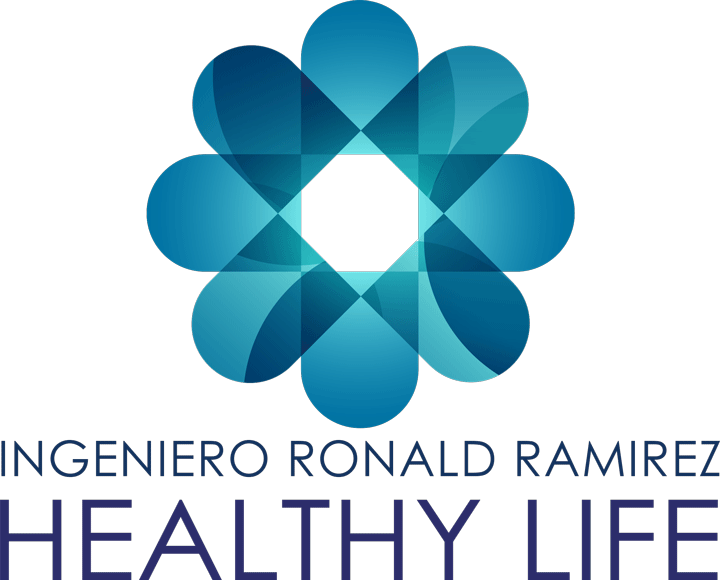
In the quiet confines of examination rooms across the globe, a revolution is happening. A digital revolution, gently sweeping across the healthcare landscape, is redefining our experience with health and wellness. This revolution is bringing patient records into the palm of our hands and making consultations possible from the comfort of our homes. By doing so, it is unlocking unprecedented convenience, efficiency, and possibilities, changing the way we understand and engage with our health.
The Dawn of a Digital Era in Healthcare
What if you could access your entire medical history on your smartphone? Or book appointments with specialists with a few clicks on your computer? What was once thought of as a distant dream a few decades ago is now a reality. The reason? The digitization of healthcare.
The cornerstone of this digital transformation is Electronic Health Records (EHRs). They are a one-stop-shop for all patient information – diagnoses, medications, treatment plans, immunization dates, allergies, radiology images, and laboratory and test results. This digital consolidation makes it easier to monitor and manage health conditions. It minimizes human error and promotes a more accurate diagnosis and personalized treatment.
Another critical element in this transformation is secure online portals. With them, patients can now access their health records, book appointments, request prescription refills, and communicate with their healthcare providers. All this at their own convenience, saving them time and hassle.
The Telemedicine Breakthrough
The digital transformation has opened the door to telemedicine. The ability to consult healthcare professionals remotely has made a tremendous difference in how we perceive medical consultations. Whether you live in the heart of a bustling city or in a remote rural area, geographical boundaries no longer dictate your access to quality healthcare.
Imagine an elderly person with a chronic illness. Every routine check-up for them was a battle against mobility issues, long waiting times, and transportation constraints. But with telemedicine, they can now have their check-ups without leaving their homes. It’s not only a question of comfort, but it’s about giving a sense of dignity back to their lives.
The Positive Impacts of Digital Advancements
So, what are the benefits of these digital advancements? According to the experts at pain clinic KindlyMD, there’s the patient’s convenience first and foremost. No more cumbersome paperwork or waiting on phone lines. Whether it’s accessing your medical card details or getting a prescription refill, it’s all now just a few clicks away.
Moreover, there’s an increased emphasis on patient engagement and involvement. With digital tools, patients are no longer passive recipients of care. They have access to their health data and are actively involved in their health decisions. This shift helps improve adherence to treatment plans and health outcomes.
Communication between patients and healthcare providers has also seen substantial improvement. Quick messaging services reduce time delays, enhance interaction, and ensure a seamless flow of information. This ultimately leads to better quality care.
The Road Ahead
The digital revolution in healthcare isn’t a temporary phenomenon; it’s here to stay. We have taken off on this journey with great passion, and now there’s no turning back. But like any journey, there will be challenges. Data privacy and security, digital literacy among older populations, and the digital divide are issues that need addressing. However, the potential benefits far outweigh the challenges.
Conclusion
Indeed, the digital revolution in healthcare is unlocking new possibilities. It’s creating a patient-centric ecosystem, making healthcare more accessible, efficient, and personalized. But as we journey into the future, we must remember to keep the “care” in healthcare. While technology can enhance care, it should not replace the empathy, understanding, and human touch that lie at the heart of healing.


